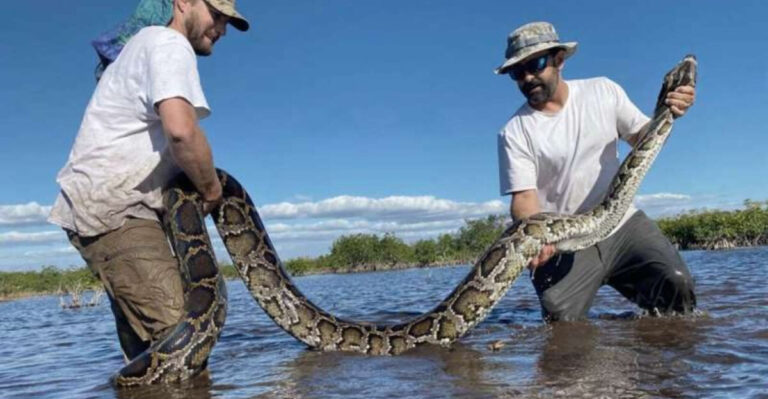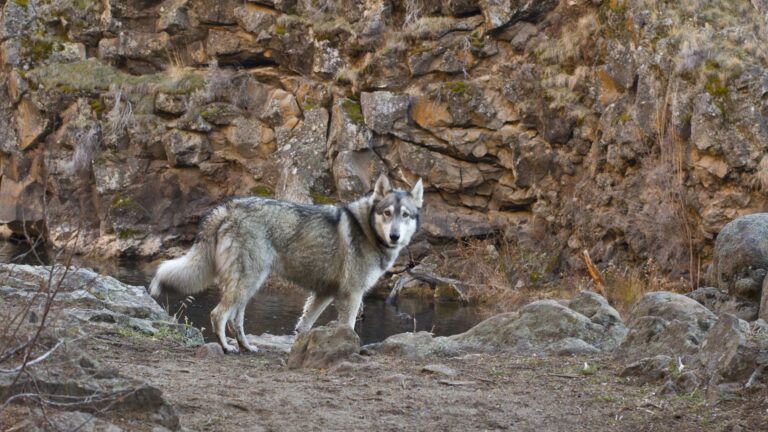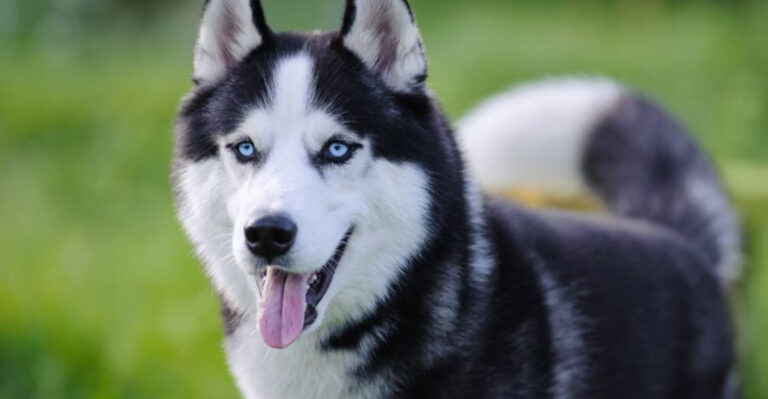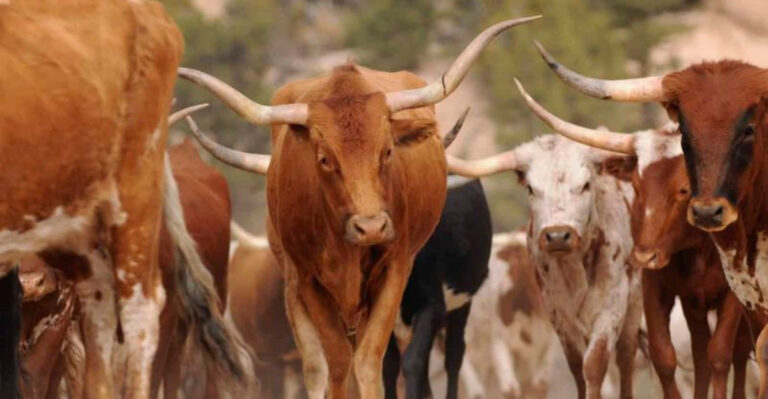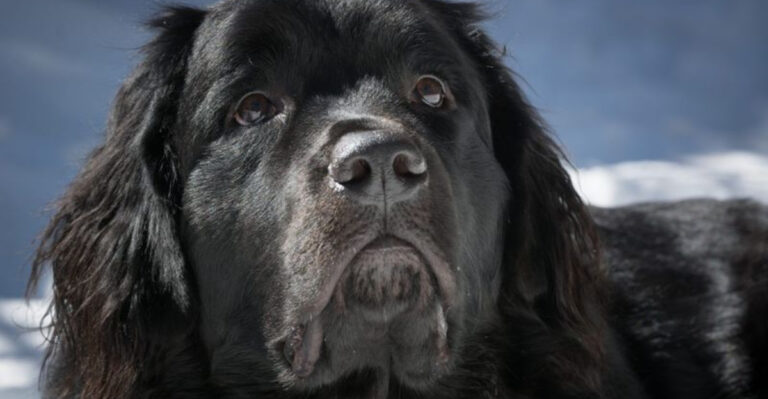I Traveled Across The U.S. To Find Wildlife – Here’s What I Learned

Last year, I packed my camera gear and hit the road on a wild adventure across America. From swampy southern wetlands to snowy northern forests, I tracked amazing creatures in their natural habitats.
The journey taught me valuable lessons about wildlife, conservation, and our connection to nature that I’m excited to share with you.
1. Florida’s Elusive Panthers
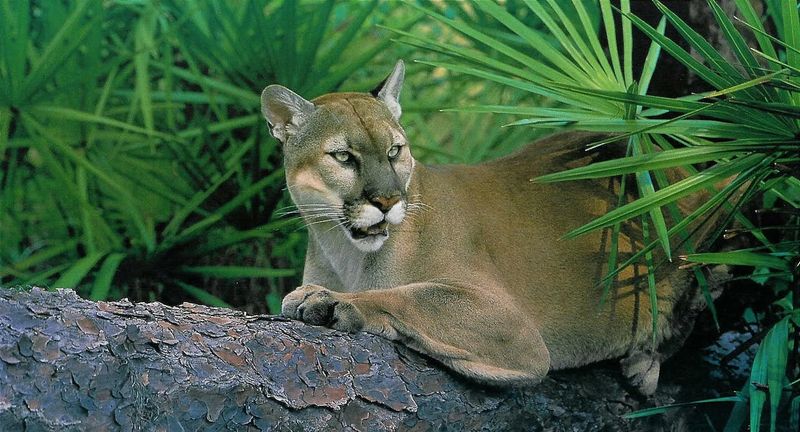
Shadows in the palmetto. That’s what locals call these tawny ghosts of the Everglades, with fewer than 200 remaining in the wild.
Tracking one requires infinite patience and a touch of luck. Conservation efforts have helped their numbers climb slightly, but habitat loss remains their biggest threat.
2. Alaska’s Grizzly Bear Encounters
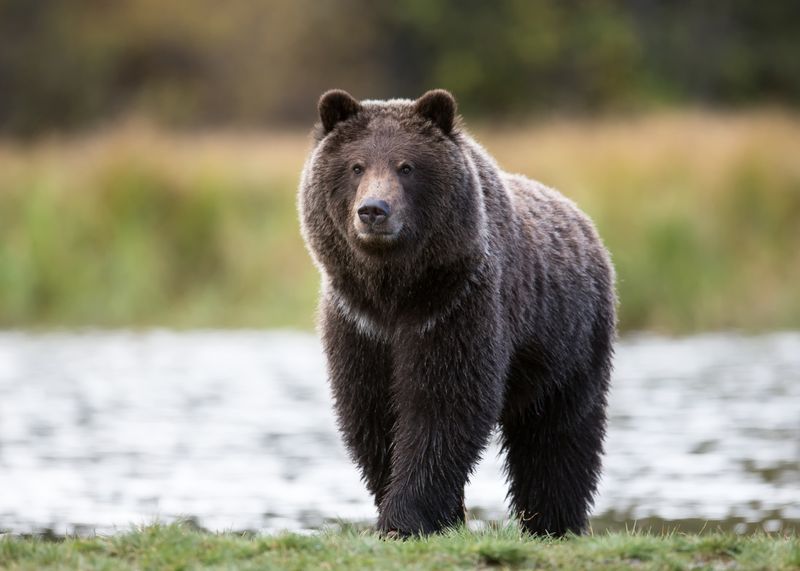
Watching a half-ton grizzly fish for salmon completely changes your perspective on power and grace. My guide’s first rule? Never run.
These magnificent creatures can smell food from miles away. Standing still while a curious bear investigates your scent requires fighting every instinct in your body.
3. Arizona’s Secretive Gila Monsters
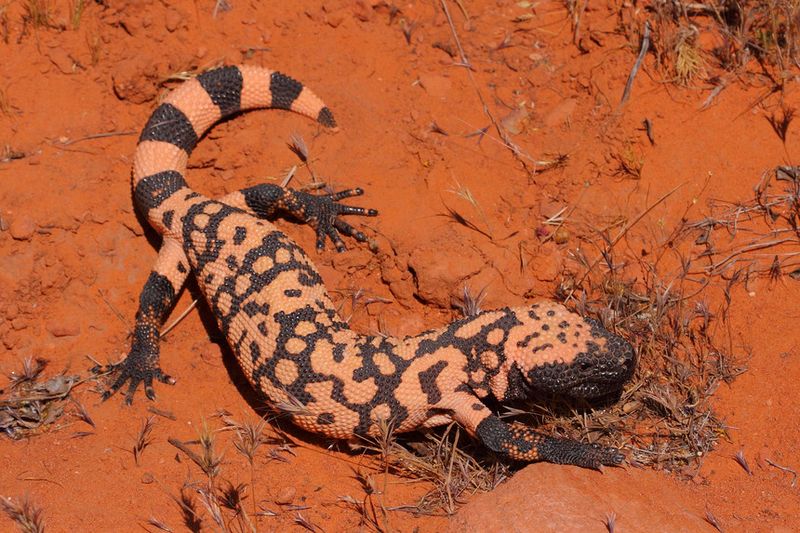
Orange and black beaded skin glistening in the desert sun—my first Gila monster sighting left me breathless. These venomous lizards spend 95% of their lives underground!
Moving with prehistoric deliberation, they emerge mainly after desert rains. Despite their dangerous reputation, they’re remarkably shy and non-aggressive unless provoked.
4. Maine’s Majestic Moose Sightings
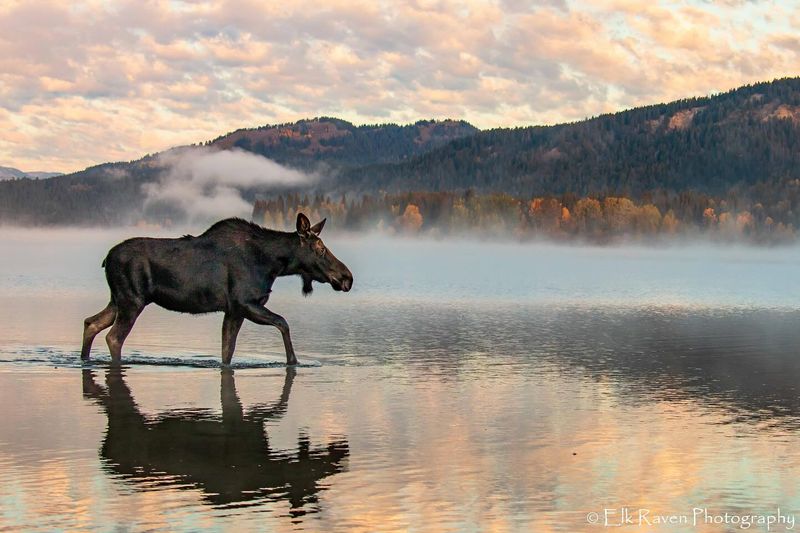
Dawn at a misty lake in northern Maine offers prime moose-watching opportunities. These gangly giants appear awkward until you see them navigate dense forest with surprising grace.
Males shed and regrow antlers annually – up to 40 pounds of new bone in just three months! Watching a bull moose wade through lily pads is worth every mosquito bite.
5. Texas’s Rare Ocelot Territory
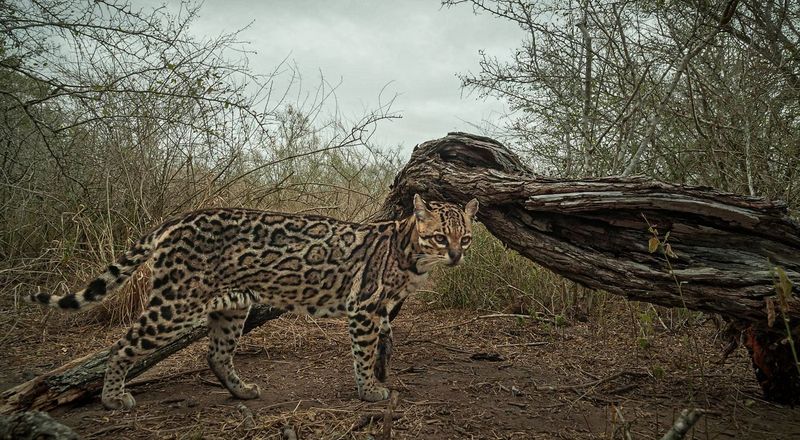
Smaller than a bobcat but wilder than your imagination – ocelots are living jewels. Fewer than 50 remain in Texas, hiding in thornscrub thickets near the Mexican border.
Their spotted coats provide perfect camouflage among dappled shadows, making direct sightings nearly impossible.
6. Washington’s Soaring Bald Eagles
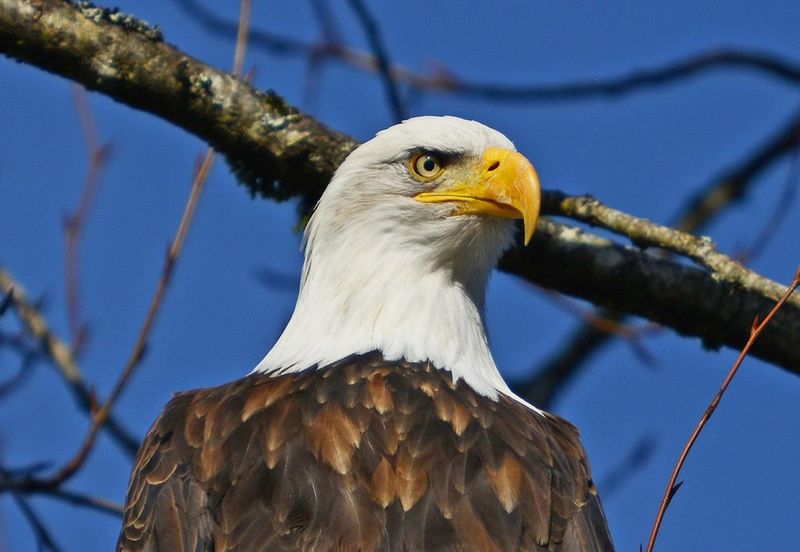
Nothing prepares you for fifty bald eagles gathered along the Skagit River. Their wingspans stretch six feet across while they hunt migrating salmon!
Local tribes consider them messengers between humans and the spirit world. Watching these birds snatch fish with surgical precision reminds me why they became our national symbol.
7. Montana’s Wild Bison Herds
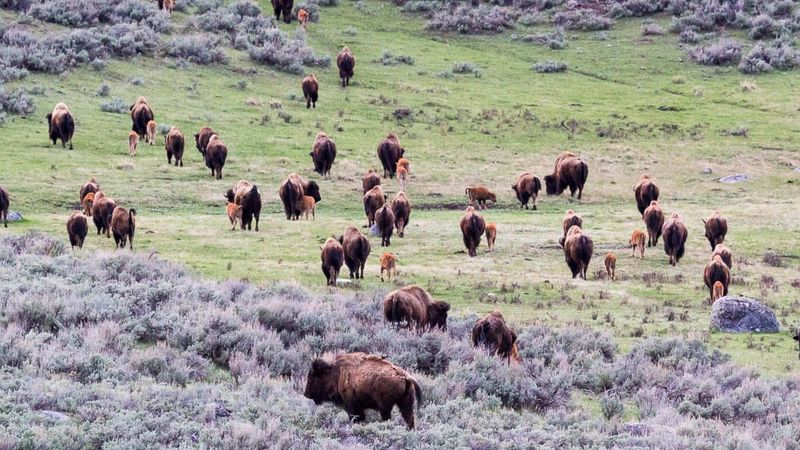
Standing before a thundering bison herd in Yellowstone feels like time-traveling to ancient America. These one-ton behemoths can sprint at 35 mph despite their massive bulk.
Nearly extinct a century ago, their comeback story inspires hope. My guide pointed out how they create habitat for other species by wallowing in dusty depressions.
8. Colorado’s Mountain Lion Trails
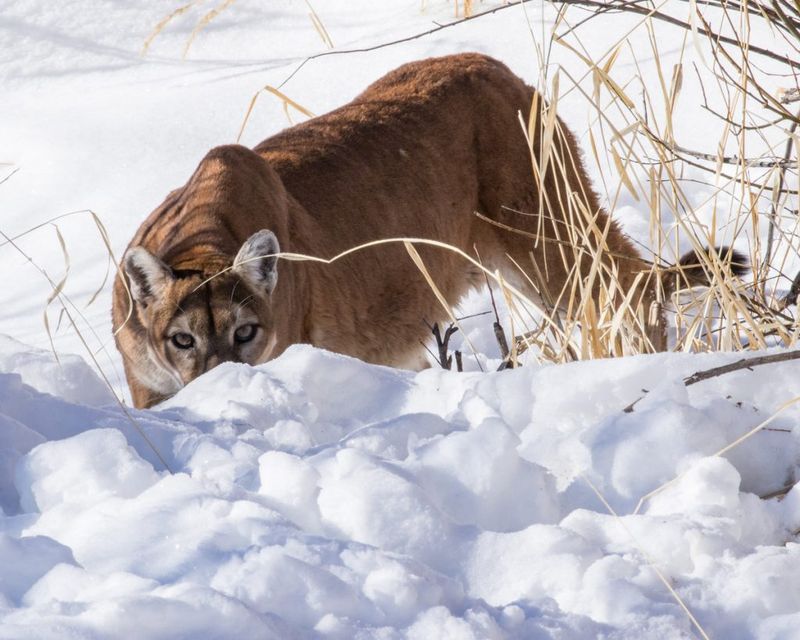
Fresh paw prints larger than my hand stopped me cold on that Rocky Mountain trail. Mountain lions can leap 40 feet horizontally and 15 feet vertically!
Rangers showed me trail camera footage of a mother teaching cubs to hunt. These secretive predators are almost never seen, yet they’re watching hikers more often than we realize.
9. North Carolina’s Black Bear Hotspots
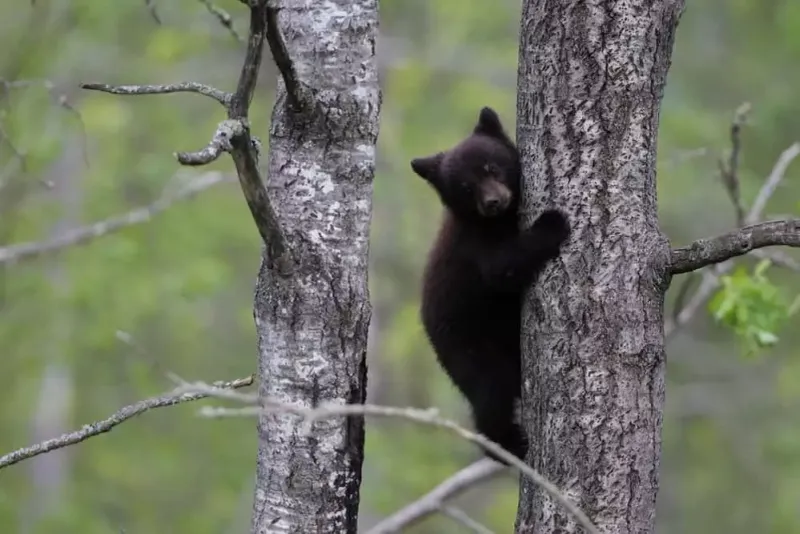
Berry stains on tree trunks reveal where black bears have been feasting in Great Smoky Mountains. Unlike their grizzly cousins, these bears climb trees with surprising agility.
A mother with cubs crossed my path at sunrise, pausing briefly before vanishing into rhododendron thickets. Park rangers say the population here is among the densest in America.
10. Louisiana’s Alligator-Infested Wetlands
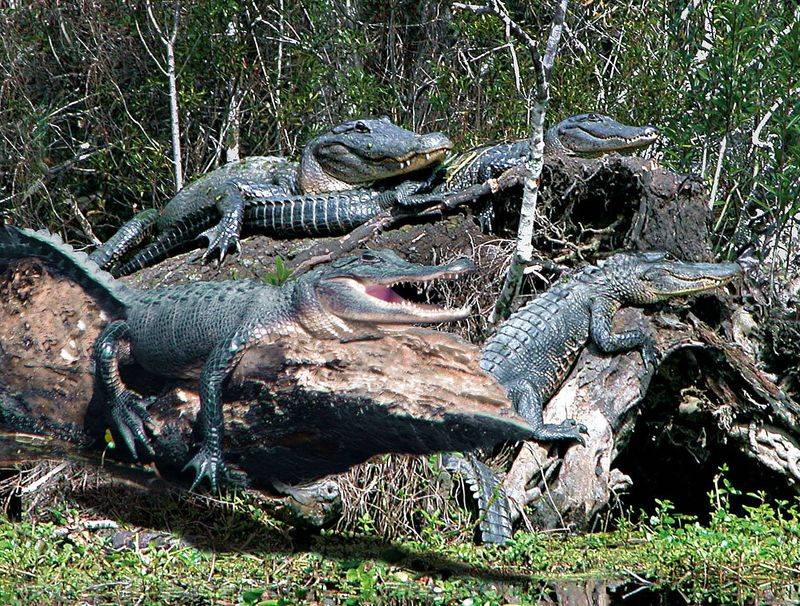
Glowing red eyes reflected my headlamp across bayou waters – dozens of alligators watching silently. These living dinosaurs have remained virtually unchanged for 200 million years.
My Cajun guide demonstrated their powerful jaws by tossing marshmallows. Surprisingly gentle mothers, female gators fiercely guard their nests and carry hatchlings in special mouth pouches.
11. Vermont’s Hidden Bobcat Population
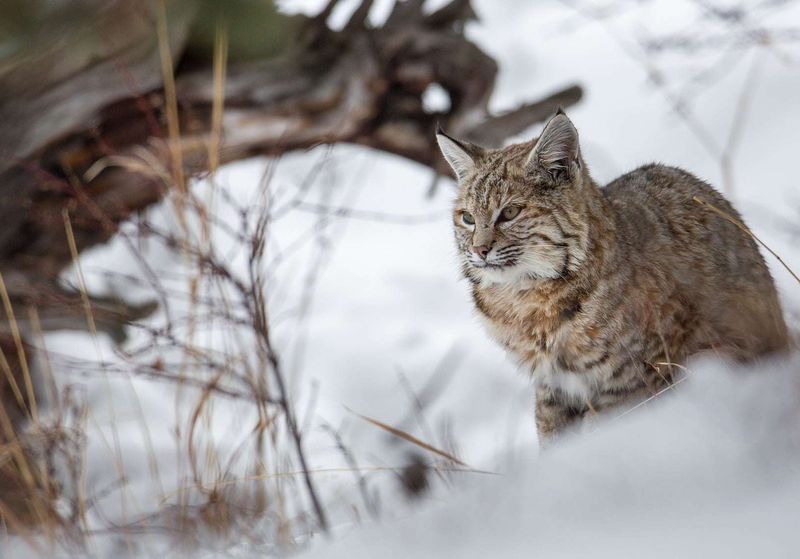
Tufted ears peeking above a fallen log – my heart raced at this rare Vermont bobcat sighting. Masters of stealth, these medium-sized cats hunt everything from mice to deer.
Unlike mountain lions, bobcats leave distinctive rounded tracks with no claw marks. Wildlife biologists showed me how they use radio collars to track their surprisingly large territories.
12. South Dakota’s Prairie Dog Colonies
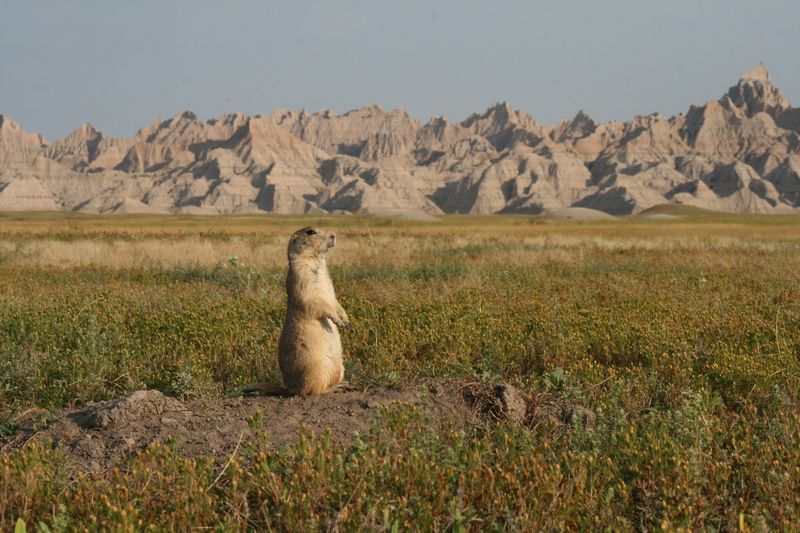
Constant chirping alerts spread through prairie dog towns faster than wildfire. These social rodents maintain complex underground cities with nurseries, sleeping chambers, and even toilets!
Their sentries stood tall, barking warnings as I approached. Biologists explained how these keystone species support over 150 other animals, including endangered black-footed ferrets.
13. New Mexico’s Roadrunner Habits
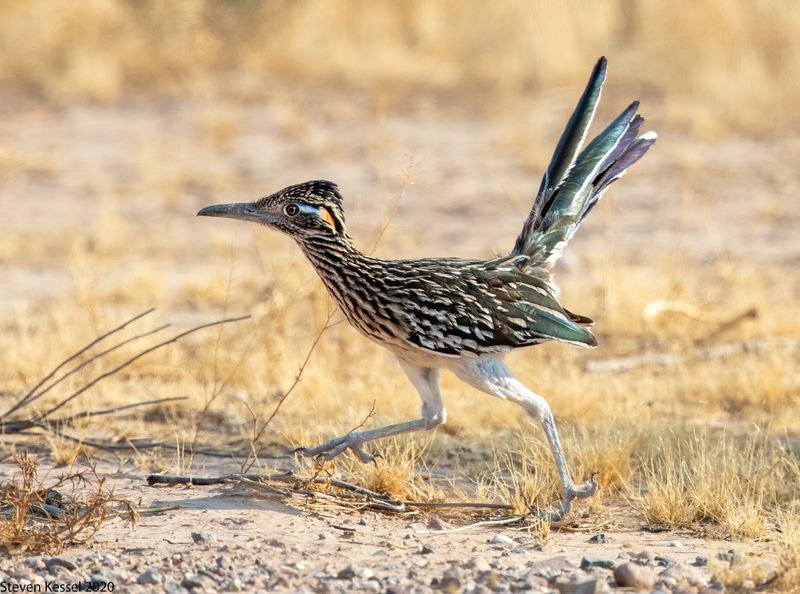
Cartoon fame aside, real roadrunners are fierce desert hunters that dispatch rattlesnakes with shocking brutality. They dash at 20 mph, creating distinctive X-shaped tracks.
One morning, I watched a roadrunner bash a lizard against a rock before swallowing it whole. Despite their predatory nature, locals consider these charismatic birds good luck symbols.
14. Wisconsin’s Snowy Owl Winters
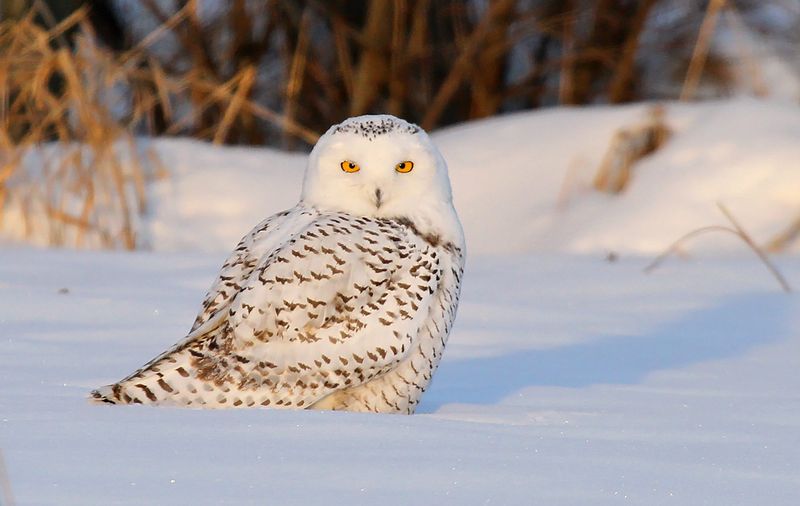
Arctic ghosts visiting from the north – snowy owls appear like magic on Wisconsin’s frozen fields. Unlike most owls, they hunt during daylight hours, especially in winter.
Tracking one required minus-20-degree temperatures and endless patience. Researchers explained their irregular migration patterns depend on lemming populations thousands of miles away in the Arctic.

